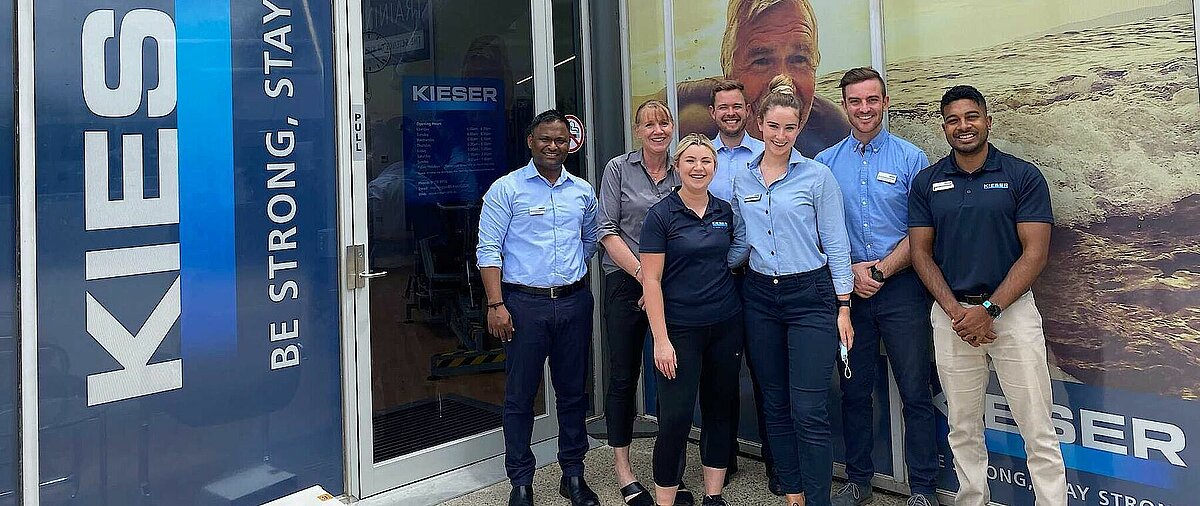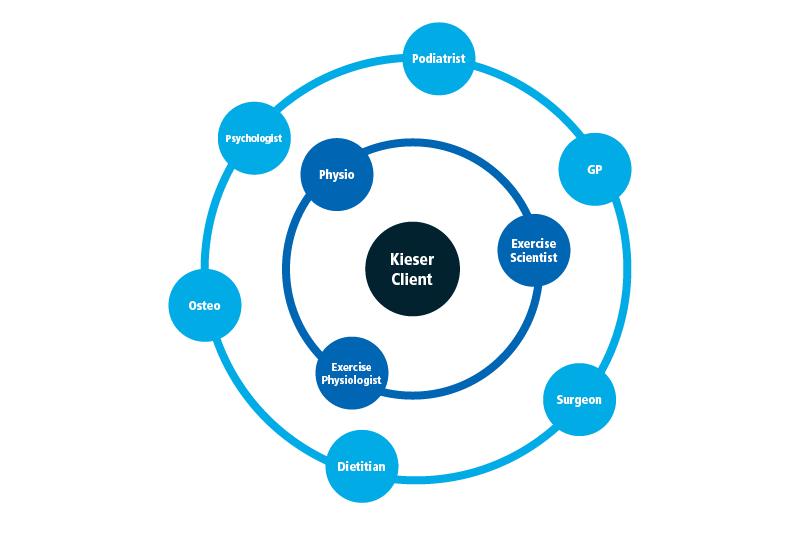As a Physio, I used to focus solely on the injury in front of me. I thought my job was to treat pain, heal tendons and relax muscles. Now I know better. After more than 10 years as a Physio I now know that my job is to help people. Specifically, my job is to help people achieve the best possible function. And what gets this best outcome is not my hands-on skills as a Physio but my willingness to work within a larger team.
My name is Catherine Banks and I first began working as a Physio when I moved to New Zealand in 2010. In a traditional Physiotherapy practice, I treated alone, with my hands and prescribed home exercise programs. Compliance with exercise was low, quality was lower and my outcomes were short term with many clients coming back with the same complaints some weeks, months or years later after their pain had returned.
Fast forward 12 years and I now treat as part of a team with Exercise Scientists and Exercise Physiologists. We work closely together to ensure that client's programs are ideally suited to their needs and to ensure that they are receiving the best care for their condition. I now communicate directly to GPs, surgeons and specialists much more frequently than I did as a graduate. I have found that my clients are more willing to complete their exercise programs because they know I am working closely with their health practitioner and the quality of care has improved because our Exercise Science or Exercise Physiology team supervise the program. To put it simply, client outcomes are not only better, but more long term.
Multi-Disciplinary Care at Kieser
Why do my clients have much better outcomes now? Because multidisciplinary teams get better results. A multidisciplinary care team is a team of health professionals who work together to coordinate client care. For many years the healthcare industry was focused around silo thinking and individual practitioners. Today, multidisciplinary teams are becoming increasingly more common as they better support long-term patient care, especially for those with chronic or complex conditions.
From the very first appointment a client has at Kieser, we incorporate team care and communication. After each initial assessment, I make an effort to reach out to whomever referred the client to me, whether it is a local GP, surgeon or another allied health professional. I continuously update my client’s referrer on their condition and the care they are receiving. We work together as a team to provide the client the best treatment possible. Sometimes this may mean clients will need to see their GP or specialist for a follow-up if things are not progressing as expected.
Physiotherapy, and the health industry in general, has come a long way in my 11 years as a clinician. Not only in technology and research, but also in our recognition of each other's professions. I appreciate every single member of my team, the Physiotherapists, Exercise Scientists and Exercise Physiologists in the clinic, but also my external team of GPs, surgeons and specialists - without any one of them my job would be harder and I would be less successful helping my clients.
So this blog post is a short, but very big, thank you to all members of the multidisciplinary team that I work with everyday.
Article written by Physiotherapist, Catherine Banks.
Catherine is a Senior Physiotherapist and Medical Partnership Leader with 10 years experience in Private Practice. She works both clinically from Kieser Essendon and works closely with medical specialists across the Northern Suburbs of Melbourne. She is currently on maternity leave after welcoming her first child.































